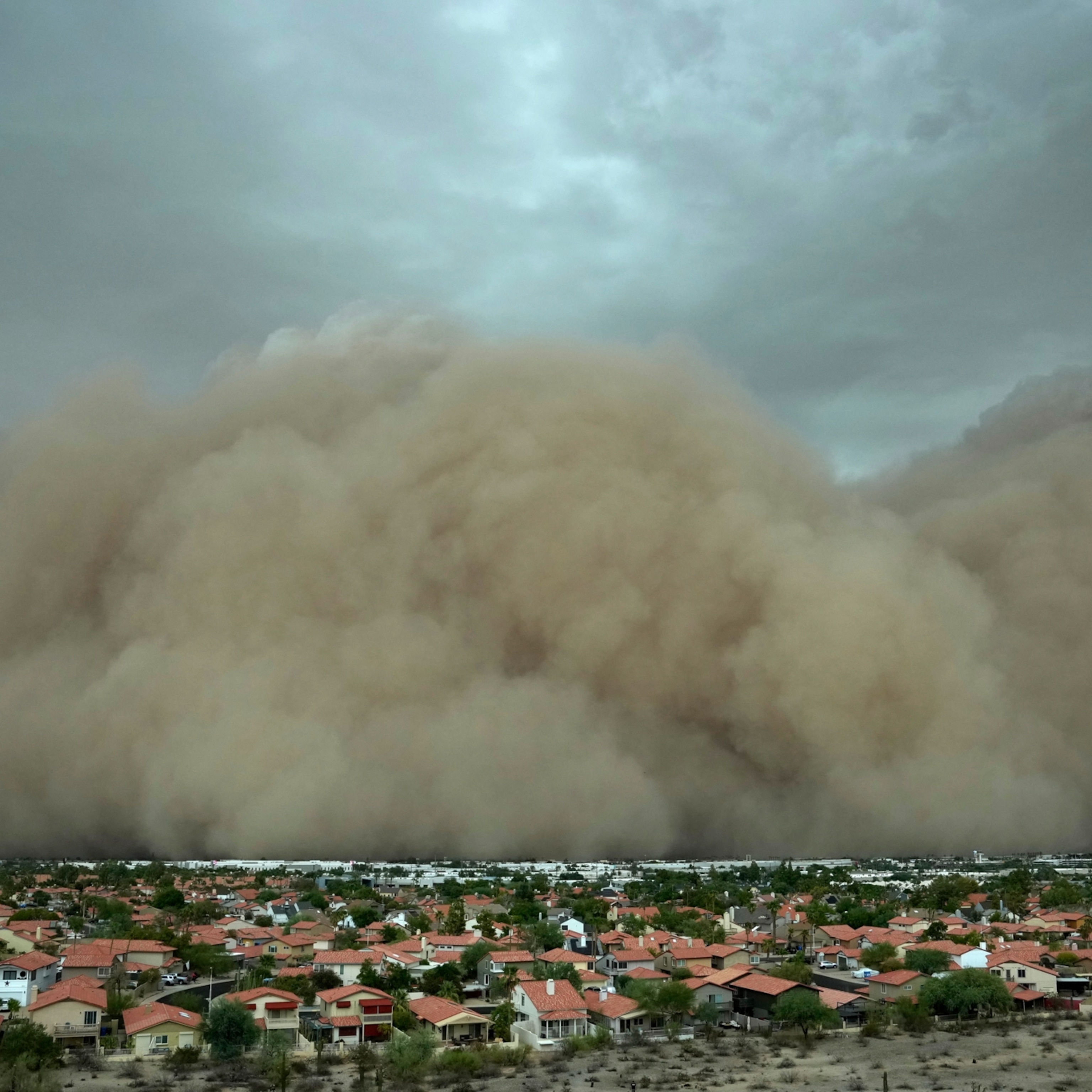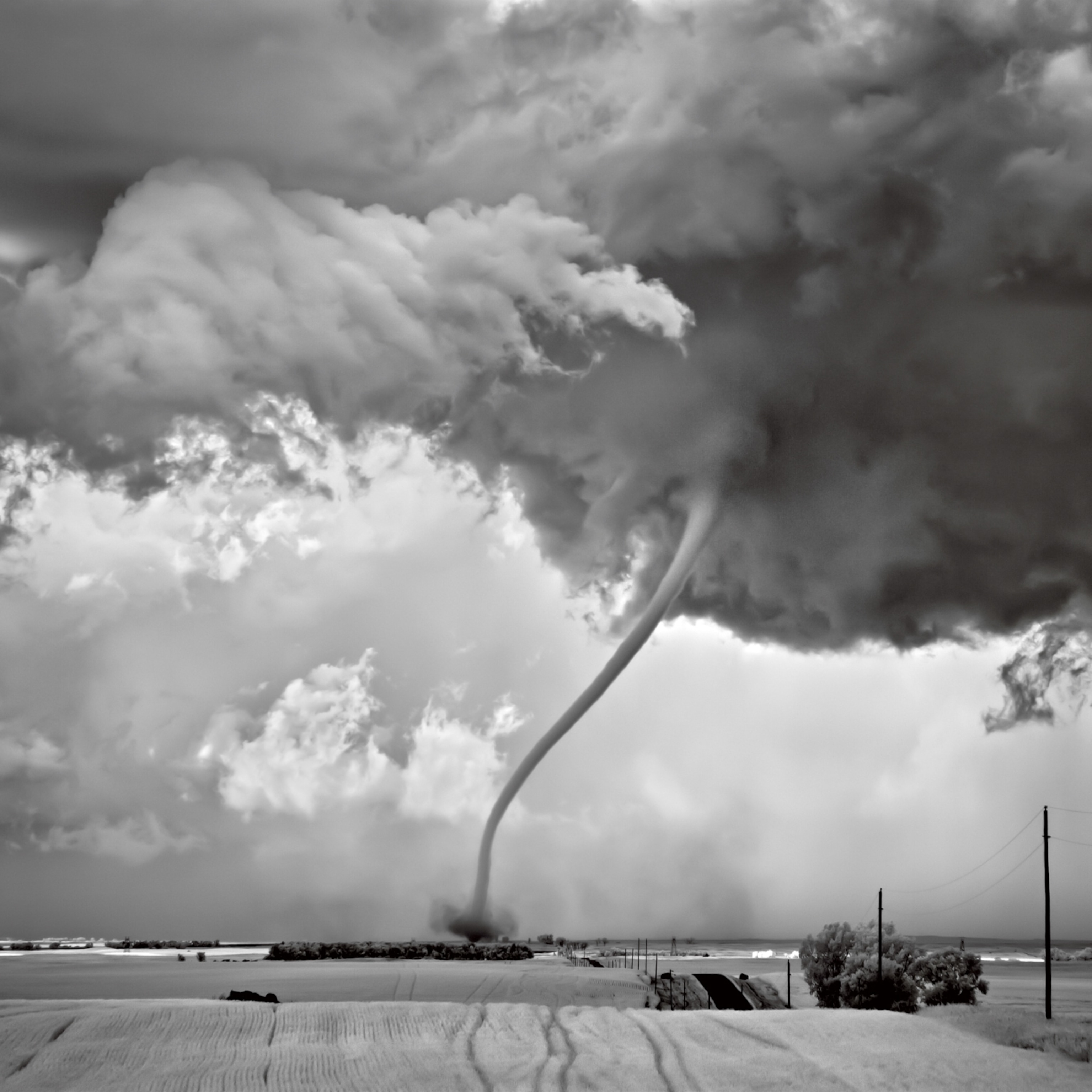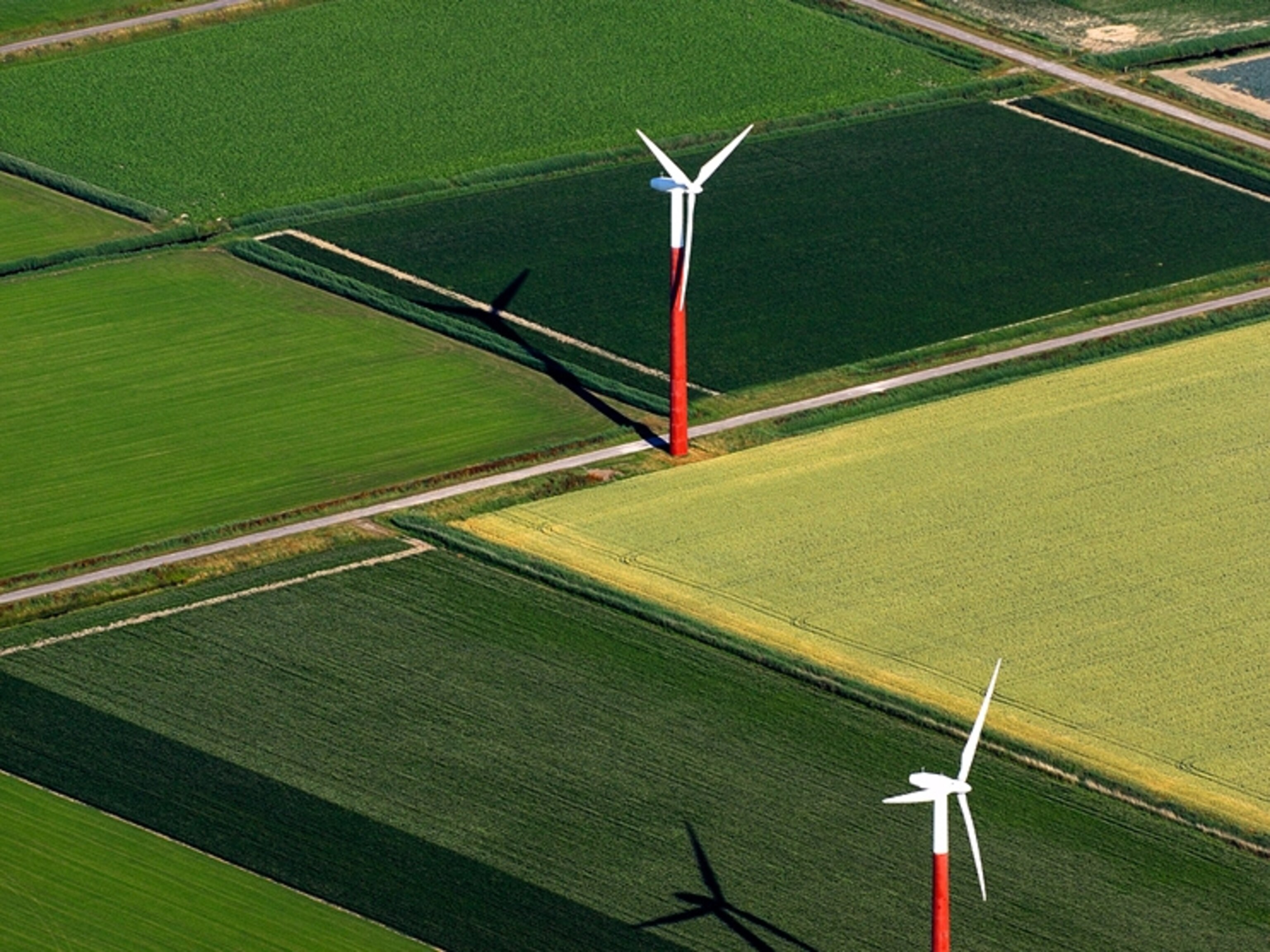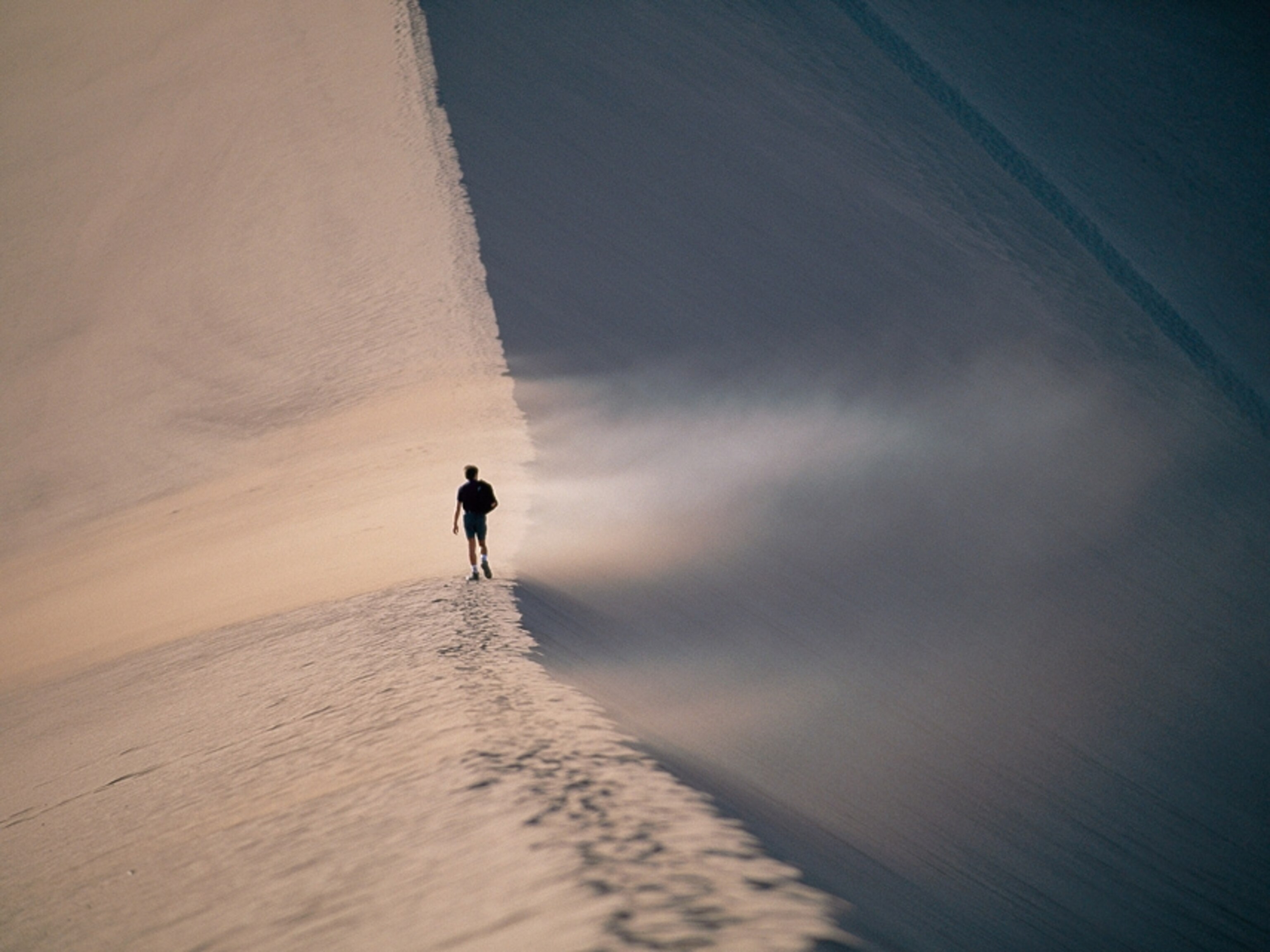
Sizing Up Wind Energy: Bigger Means Greener, Study Says
Larger wind turbines have a smaller carbon footprint, a European study finds. But practical limitations and local rules could place a ceiling on size.
One of the most popular trends in sustainable living is to go small: Live in a small house. Drive a small car. Have a small carbon footprint. So it seems contradictory that by going big—really big—energy equipment can become better for the environment.
But that's the case with wind turbines, according to a new study by the Swiss Federal Institute of Technology in Zurich.
(Related Blog Post: "World's Largest Wind Turbines: Is Bigger Always Better?")
Over the past 30 years, wind turbines have more than quadrupled in size. The blade diameter of today's models can surpass the length of a football field. In tandem with this growth spurt, land-based turbines in Europe became greener, the researchers concluded.
(Related Quiz: "What You Don't Know About Wind Energy")
The report, published in the American Chemical Society's journal, Environmental Science & Technology, looked at the energy it took to build, transport, maintain, and dispose of turbines, as well as the electricity the turbines fed into Europe's power grid.
Turbines became more sustainable over time because larger models produce substantially more energy than smaller versions, the researchers said, but it does not take as much additional energy to manufacture bigger turbines. And as more turbines were built, manufacturers became more experienced and technology improved. With each doubling of wind-turbine manufacturing over time, the Swiss researchers found, the global warming potential per kilowatt-hour of electricity dropped 14 percent.
Marloes Caduff, the lead author, said she was surprised by how much the carbon footprint of the turbines declined over time. "I thought we would see a smaller effect," she said.
The industry, for its part, has tackled many of the challenges of larger turbines—for instance, how to move them from one place to another. Even so, companies believe there will be challenges for further growth in turbine size, even as the industry seeks to further improve their efficiency.
Why Bigger is Better
Bigger turbines reach higher above the earth's surface, where stronger winds blow. This allows them to extract more energy than their predecessors, and to work more efficiently.
(Related Story: "Planting Wind Energy on Farms May Help Crops, Say Researchers")
In the 1980s, a typical wind turbine was rated with a capacity of about 50 kilowatts of electricity. Today, a large land-based turbine has a capacity of 3,000 kilowatts (3 megawatts). There are developers working on wind turbines as large as 10 MW for offshore installations. But on land, the most common turbines are from 1.5 MW to 2 MW. A 1-MW turbine can power 350 U.S. households for a year, according to Wind Energy America.
Using higher-capacity models reduces the number of turbines needed for a wind farm, says Fort Felker, director of the wind technology center at the U.S. Department of Energy's National Renewable Energy Laboratory in Golden, Colorado. For example, at today's capacities, 500 super-sized turbines could be installed instead of 1,000 smaller ones. By generating more energy with fewer machines, giant turbines can help reduce the price of wind power.
(Related Story: "Chilean Wind Farm Faces Turbulence Over Whales")
"The larger-size wind turbines result in dramatic reductions in the cost of [wind] energy," Felker said. "The cost has been reduced by a factor of ten or so, from unaffordable levels to where it is right now, able to compete with conventional power sources."
Beating the Odds
Experts used to put caps on turbine measurements, noting the logistical constraints of building huge machines, especially onshore models. After all, wind farm developers need to transport those mammoth turbines by truck or train, and have to use cranes to assemble massive turbine pieces.
However, engineers have found ways to overcome many of the obstacles.
"In 1985, I said [commercially viable] turbines wouldn't get much bigger than 120 kilowatts. In 1990, I stood at a conference and said that 500 kilowatts was the limit," said Henrik Stiesdal, chief technology officer for wind power at Siemens, a large international turbine manufacturer. "Now, we are selling turbines 12 times bigger than that. Every time I thought that we were close to the end, I was always taken aback."
But in recent years, turbine growth has slowed dramatically.
The amount of energy a turbine could generate doubled every four years from 1980 to 2003, Stiesdal said. In the past ten years, however, the generation capacity of land-based turbines grew only marginally, or remained steady.
(Related Blog Post: "U.S. Wind Energy Industry Confronts Squalls')
Two major factors still challenge turbine size, Stiesdal said. First, local authorities sometimes impose tip-height restrictions on turbines. And eventually, he says, the weight of turbines could negate any energy gains.
"The weight goes up cubed, but the energy capture only goes up squared," he said.
Companies continue to work to improve turbine technology. Future turbines could be lighter, contain fewer parts, have better controls, or work together to optimize energy.
Felker predicts both onshore and offshore turbines will get bigger. Engineers will continue to learn from present models, and work to find a variety of ways to make turbines better.
This story is part of a special series that explores energy issues. For more, visit The Great Energy Challenge.







